Clive Barker Has Such Sights to Show You: Hellraiser (1987) – 30 Years of Pleasure and Pain [Part 2 of 2]
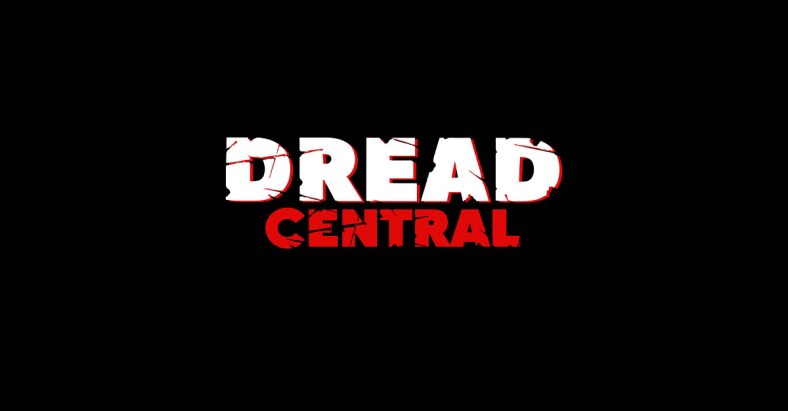
In a showcase of SFX ingenuity, the resurrection of Frank Cotton is a remarkably repulsive sight of body horror that would make David Cronenberg proud. The gooey spectacle of the viscera of a human body reassembling itself from beneath the floorboards is a marvel of practical effects, which is pitch-perfectly executed by Bob Keen and his crew of special effects make-up artists.
With extreme attention to detail, every part of Frank’s anatomy comes back together as the bones, organs, and bodily fluids form this monstrosity. Accompanied by Christopher Young’s circus-esque/waltz-like soundtrack, it juxtaposes this grotesque depiction with a sense of wonder, as if we are witnessing something extraordinarily beautiful blossoming. Keen’s work on Hellraiser in general has aged incredibly well, standing out as some of the greatest imagery of 80’s horror.
http://youtu.be/1sfwge5i4gg
Related Story: Clive Barker Has Such Sights to Show You: Hellraiser (1987) – 30 Years of Pleasure and Pain [Part 1]
When Julia, who is clearly unhappy in her marriage to Larry, and longs for Frank’s touch again, leaves the dinner party they are having as she is bored, she walks upstairs and hears a strange noise coming from the room where Frank has just returned to the world of the living. It is here when Julia is confronted by monster Frank that we start to see his dark influence on her. At first, the sight of Frank’s ghastly appearance frightens Julia, but he starts to draw her sympathy when he reveals his identity and asks her to help him. Later, when lying in bed with Larry after yet another sexless night, Julia starts to think back again to her passionate time with Frank, and the promise she made that she will do anything for him. Julia agrees to help Frank restore the whole of his body, so she can have him again. She does this by bringing back men to the house while Larry is out at work, and murdering them with hammer blows to their heads, so Frank can feed on their flesh that puts more back on his bones. Terrified at first, Julia soon starts like what she does, and she must continue to kill for Frank to heal him completely before the Cenobites find out he has escaped them.
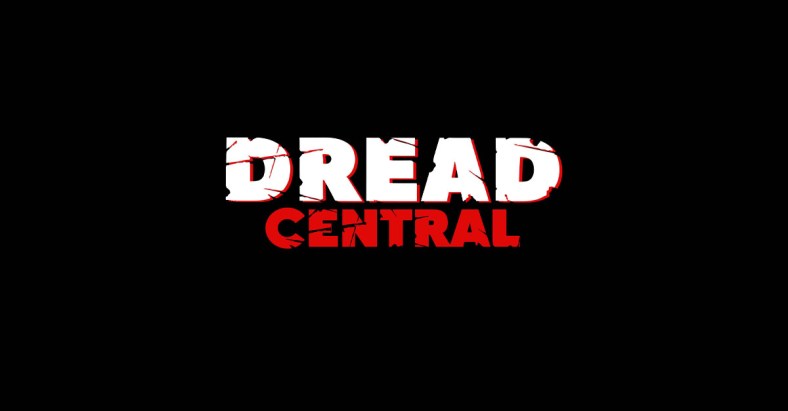
Getting back to the Sadean aspects in the film – two key characters in the work of Marquis de Sade are the sisters Justine and Juliette. They feature as the title protagonists in Justine, or The Misfortunes of Virtue (1791), and Juliette, or Vice Amply Rewarded (1797). Frank embodies Juliette – an amoral, self-serving, hedonist and sexual deviant, who uses others for his own ends, just as he uses Julia; while she loves him obsessively, she is nothing to him but a sexual conquest, and a pawn as he manipulates her to do his bidding. We know from Clare Higgins’ portrayal of Julia in the character’s flashbacks to her first meeting with Frank that she was once wholesome. The Julia here embodies Justine in Sade’s work, who is the complete opposite of Juliette – a virtuous woman. Although, it is Justine’s nature of moral and ethical principles that continuously lands her in trouble to punishing and humiliating extremes. Julia also married a virtuous man, Frank’s dependable nice guy brother Larry (Andrew Robinson). It is her commitment to this stability in pursuit of a virtuousness life that leads her on a path of self-destruction, when she encounters her husband’s polar opposite brother Frank, whose manipulation of her ultimately leads to her undoing when he betrays her. Julia’s name could be Clive Barker’s nod to Juliette; Frank’s influence can be seen in her change as she takes glee in her murderous quest in order to have him again. Therefore, while Julia once embodied Justine, her journey leads her to become a dark reflection of Frank’s Juliette.
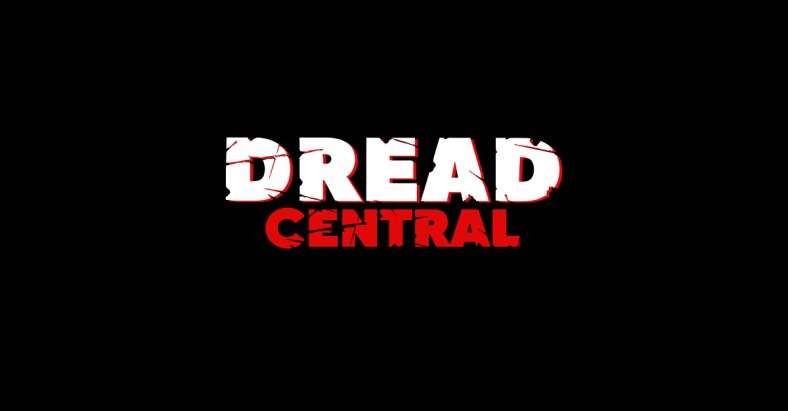
The secondary antagonists are of course the Cenobites (The Order of the Gash, as they are also referred to as in The Hellbound Heart), although, that should be they are anti-antagonists. Not only did the marketing campaign have the movie going public believe they were the main villains, with Pinhead (or Hell Priest, as Barker prefers) as the main focal point, but technically, they are not really villains. Bound by the rules of hell, they are bureaucratic in their motivations – part of a religious sect that is carrying out their dutiful sacred actions.
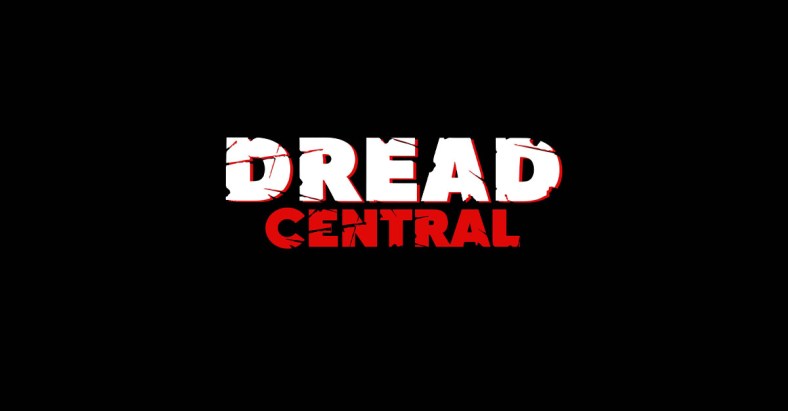
The Cenobites, all clad in black leather bondage gear, have now, along with the Lament Configuration puzzle box, become so embedded in popular culture. The most iconic is the visage of Pinhead, so elegantly portrayed by Doug Bradley, and at this time was merely credited as ‘Lead Cenobite’, but the nickname Pinhead given to him by the cast and crew just stuck. Bradley’s captivating performance realizes this unique creation as an articulate and intelligent demonic being with a commanding presence that is coldly powerful, and delivers sublime, spine-tingling lines of dialogue. This Hell Priest has very little screen time, yet we can never forget him; an all-time great screen monster to rival the classic icons of early horror.
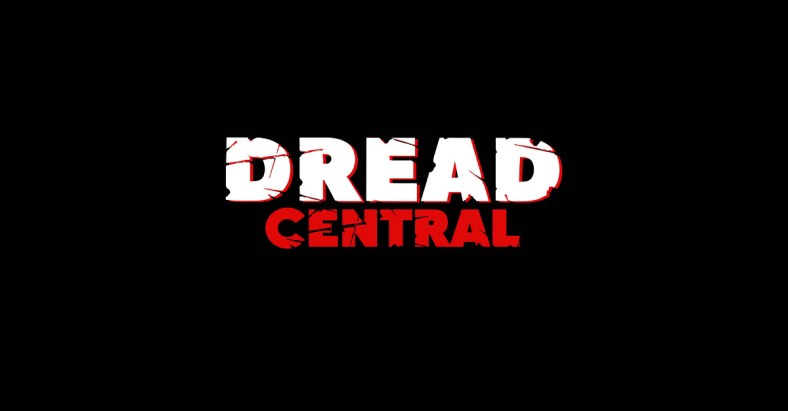
The story is reminiscent of a modern Gothic fairytale. Young’s wonderful fairytale-esque orchestral theme music over the title sequence establishes the mood and atmosphere. The dynamic between Larry’s daughter Kirsty (Ashley Lawrence) and Julia, is that of Snow White and her wicked stepmother. Kirsty is our young innocent heroine, mostly dressed in white, who has to prevail through her terrifying plight. Julia is… well, wicked. The fairytale theme is carried over to the 1988 companion piece Hellbound: Hellrasier II – Julia to Kirsty: “They didn’t tell you, did they? They’ve changed the rules of the fairy tale. I’m no longer just the wicked stepmother. Now I’m the evil queen. So come on! Take your best shot, Snow White.”

Kirsty is one of the quintessential female protagonists in modern horror – strong, smart, and resourceful; this is a signature trait of Clive Barker’s female characters. The young Lawrence does remarkably well in her film debut – full of confidence and energy. Higgins as Julia is one of the best female villains the genre has ever produced. Her arc from happy wholesome housewife, to unhappy unwholesome housewife, to cold evil murderer of sex seeking men, is not only an interesting character development, but also an ironic reversal of what horror was saturated with in this decade – axe-wielding male maniacs slaughtering promiscuous young women. Robinson’s film work will always be best remembered for two roles – as the deranged Scorpio Killer in Don Siegel’s classic 1971 Clint Eastwood starring action thriller Dirty Harry, and this. He actually gets to play two roles here – we love him as the good-hearted Larry, but despise him when his skin changes bodies, but the actor is clearly having a blast playing this latter part.
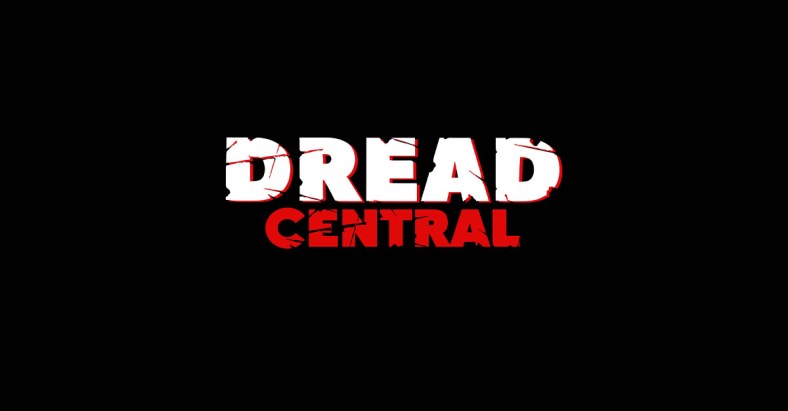
Hellraiser is one of the great directorial debuts of the genre. It is a wildly imaginative horror tale that pushes boundaries in the obsessive pursuit of sexual desires, with the filmmaker’s vision of this fantastical story that is both disturbing and disgusting fully realized, despite the limitations of the low budget; due to Barker’s creative mind to get the most out of such meagre resources, he was able to overcome these obstacles. It is tightly scripted, assuredly directed, all-around well-acted, features unforgettable imagery, groundbreaking practical special effects, a highly memorable score, and is encapsulated in a chilling atmosphere.
It also gave us the last great horror icon of the 1980s. Clive Barker does indeed have such sights to show you in pleasure and pain.
Categorized:News Retrospectives

